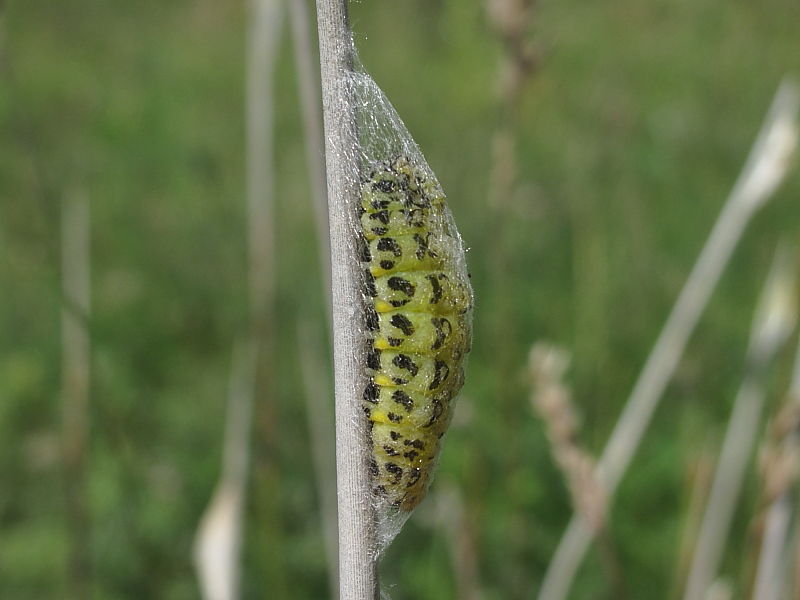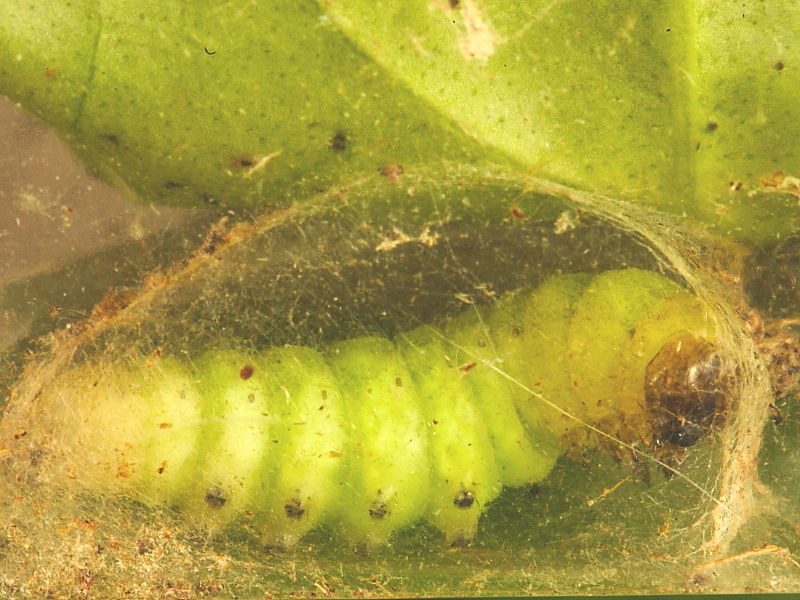I was lucky to witness a 6-spot burnet (Zygaena filipendulae) spinning his cocoon almost from the beginning. Monarch Caterpillar Spinning Chrysalis. Rating is available when the video has been rented. A Rothschildia cincta (Silk Moth) caterpillar is just starting to spin its cocoon.
Thought I almost walked into a spider web the other day, but found a caterpillar spinning its cocoon instead. This time-lapse sequence.

A last-instar larva of dagger moth (Acronicta major, family Noctuidae) weaving a silk thread to make a cocoon. A co-worker discovered Oscar the caterpillar spinning a cocoon on our back steps. One of my Saturniid moths spinning its cocoon.
Standard License. Please visit Along the Air Line. Recorded at frame every seconds. Larvae growth is studied via detailed photos of monarch butterfly metamorphosis.
Stock Footage of Tussock moth caterpillar spinning silk cocoon in its pupation, time lapse video.

In short, for a caterpillar to turn into a butterfly it digests itself using enzymes triggered by hormones, before sleeping cells similar to stem cells grow. After it moults about five times, the larva stops feeding, hangs upside down from a twig or leaf and spins itself a silky cocoon or molts into a shiny chrysalis. The caterpillar does use some sticky silk to mount their tail onto the location they want to transform – a branch, a butterfly house, etc. The chrysalis is already in place under their skin, which they then split and wiggle from until it falls off. My year old children and I were curious how our very . Why does a caterpillar turn into a pupa?
Pupation refers to the stage when a caterpillar stops growing and undergoes a rapid and remarkable physical transformation . Find the perfect caterpillar spinning cocoon stock photo. No need to register, buy now! View Stock Photo of Silk Moth Caterpillar Spinning Cocoon. Find premium, high- resolution photos at Getty Images.
The metamorphosis from a caterpillar into a butterfly occurs during the pupa stage. Moth caterpillars and many other insect larvae spin silk coverings for the chrysalis. The chrysalis starts out soft and skin-like, but gradually hardens to form a protective shell. These silk casings are called cocoons.
Often, moth caterpillars spin a cocoon to protect their chrysalis, which starts out soft and skin-like. However, it will gradually harden to form a protective shell.

The moth caterpillar may also disguise the cocoon with leaves or other debris . Watch this video to find out! How do butterfly caterpillars pupate? As the larvae congregate in a mass and begin spinning their cocoons , the caterpillar snaps out of it and helps them, using its own silk to construct a . Many moths form a cocoon instead of a chrysalis. Moths form cocoons by first spinning a silken house around them. Once the cocoon is finishe the moth caterpillar molts for the last time, and forms a pupa inside the cocoon.
Butterflies DO NOT form cocoons , no matter what The Very Hungry Caterpillar says! See how instinct-driven behavior.





